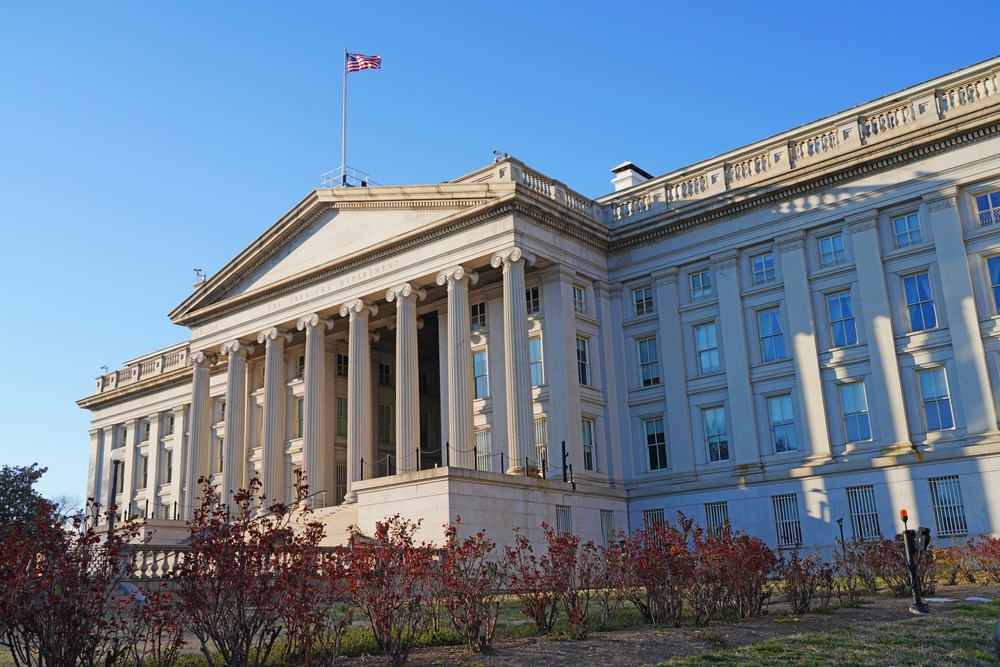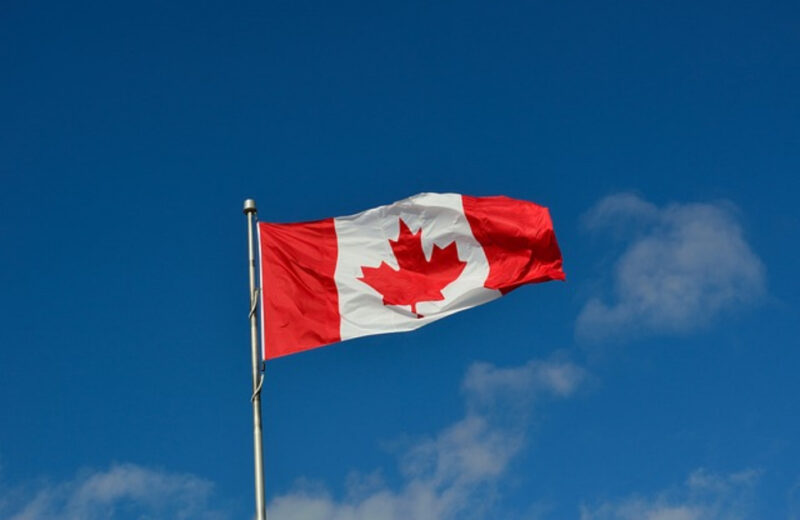The U.S. warns Russia of further repercussions if it doesn’t change behavior on foreign policy. This includes the treatment of opposition activists at home. Such sanctions will just push President Vladimir Putin to make his economy even more self-sufficient.
The Russian government and central bank have stripped back the country’s exposure to dollars. They’ve shifted assets out of the U.S. and they sold a smaller share of its debt to other nationalities. That was in the seven years since Russia’s annexation of Crimea.
Elina Ribakova, deputy chief economist at the Institute of International Finance in Washington said everyone will just continue playing the same games.
She also said that the Americans are saying, “be careful or we could do more.” But Russia is just going to continue down the path toward economic autarky, Ribakova added.
U.S. President Joe Biden’s administration is keeping the threat of sanctions hanging over Russia. That is even after last week’s imposition of a sweeping round of penalties.
On Sunday, the U.S. warned of “consequences” if Navalny dies in prison. Navalny is one of Putin’s most outspoken critics.
Last week’s penalties included a ban on buying of bonds on the primary market, so the next big targets could be secondary-market debt. Also, Russian banks’ access to the financial messaging system used for most international money transfers.
Russia is already looking for alternatives to the system to make itself less vulnerable. This is known as SWIFT, however, attempts haven’t led to much, so far.
Russia’s Reserves
For the first time on record last year, the share of gold in Russia’s now $580.5 billion international reserves jumped above dollars. This was after a multi-year drive to reduce exposure to U.S. assets.
The yellow metal made up 24% of the central bank’s stockpile as of the end of September 2020. That’s the latest date for which the breakdown is available. Dollar assets share was 22%, less from more than 40% in 2018.
That trend also shows up in the share of the country’s international reserves held in the U.S. It plummeted to just under 7% by the end of September, down from about 30% before the Crimea annexation.
Most of the shift happened in theQ2 of 2018 just after the Rusal sanctions revealed how vulnerable Russia was to sanctions.
In the use of the dollar currency, Russia has been slowly cutting back on use of the greenback. That is in its exports with the European Union, China and India.
In Russia’s trade with the EU, the euro has almost overtaken the dollar. It has also already surpassed it in exports to China. Meanwhile, about two-thirds of Russia’s exports to India are paid for in rubles.















